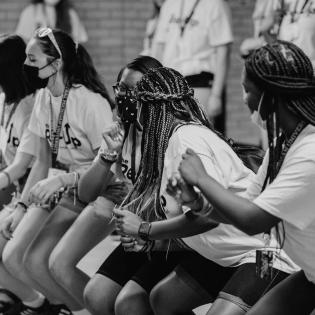Choose activities from nine categories to add fun and learning to your youth group! Learning to Give, in partnership with the Council of Michigan Foundations, developed this set of activities to support youth philanthropy knowledge, skills, and action. These videos, activities, ideas, toolkits, and discussion starters support a year of youth group philanthropy engagement.
Filter by subjects:
Filter by grades:
Filter by audience:
Filter by issue area:
Filter by content type:
Filter by resource type:
resource search
Written by Jessika Devine
Students organize and implement a school-based recycling plan based on a one-day lunchroom waste audit.
Adapt this one-period lesson plan and follow it with a simple and powerful service project for Earth Day. The reflection...
To produce paintings or drawings that represent their “Dream of Peace” and that are submitted to an art competition.
A teacher using this lesson can look for art competitions locally or nationally that are sponsored by a museum, organization, or school district; a teacher might...
Students explore the legacy of George H. W. Bush and how he contributed to the common good as part of his lifelong commitment to service and through his Points of Light initiative. They compare and contrast the four economic sectors and how they meet needs differently.
This unit introduces learners to different types of natural disasters, exploring how their potential devastation could be reduced, and how during and in their aftermath, individuals, civil society organizations and government can provide assistance to help those impacted by the devastation.
In this lesson the learners will define problem solving and identify some problem solving approaches. They will explore how individuals, groups, and organizations use problem solving approaches,...
Historical incidents of race discrimination and public protest have parallels to present day social barriers and the need for social action. Define stereotype, discrimination, racism, and prejudice and brainstorm a social action plan to heal racism.
